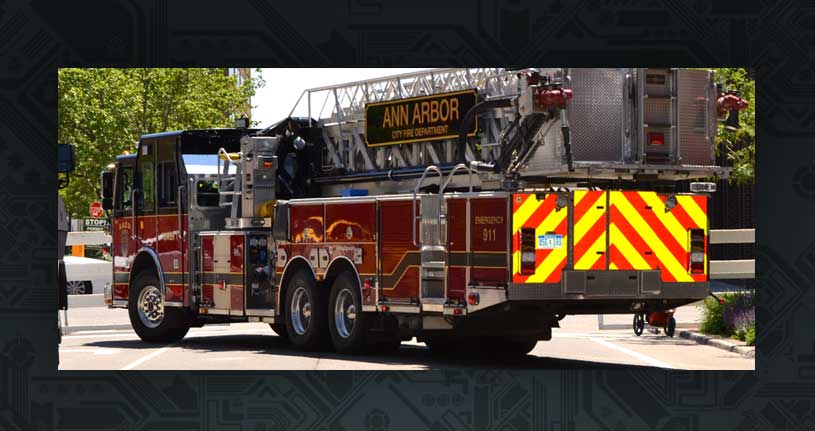

CASE STUDY
Ann Arbor Michigan Fire Department
The mission of the Ann Arbor Fire Department is to efficiently and professionally protect the residents and visitors of the City of Ann Arbor from adverse effects of fires, sudden medical emergencies or exposure to dangerous conditions created by man or nature that may threaten their lives or property. The department strives to do so using a wide variety of programs varying from prevention to response in a safe and courteous manner.
Department Services
The City of Ann Arbor Fire Department (AAFD) provides a broad range of emergency services to the community including fire suppression, vehicle accident extrication, medical assistance; water and ice rescue, as well as playing an integral part in the Washtenaw County Hazardous Material and Technical Rescue teams. The department also includes fire prevention services dedicated to keeping the city safer, such as conducting fire safety inspections, overseeing fire-related permits, and investigating fires. The department responds to emergency and non-emergency requests out of five stations and one Fire Prevention division throughout the city.
Ann Arbor Fire Department has 85 highly trained fighters who supply fire protection services to the city and 23 mutual-aid communities. They protect a highly populated urban community of 28 square miles; home to the University of Michigan, serving 123,851 residents and a daily population that exceeds 300,000.
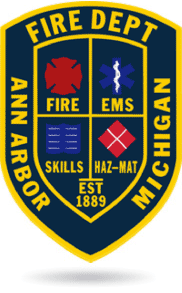
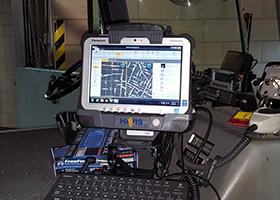
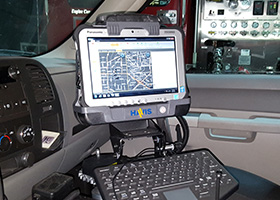
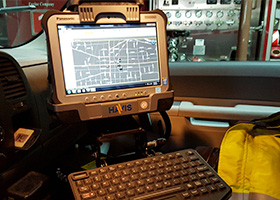
What were the challenges ?
- Fire responders had long relied on outdated paper maps and hand drawn pre-plans while responding to emergencies.
- Fire personnel in the field did not have access to the wealth of GIS information currently available from the City.
- Computer-Aided Dispatch (CAD), Mobile Data Computers (MDCs) and Report Management Systems (RMS) were standalone, silo systems with no interfaces.
- Up to date information was limited on scene to radio communication and data was re-entered by hand into the RMS after an emergency, leading to duplicate efforts and data quality issues.
What were the business objectives you were trying to achieve and what was the outcome?
Current products in use
Software – Adashi C&C& and First Response with Navigation with two way interface to Huron Valley Ambulance CAD.
Hardware
- Platform: Panasonic Ruggedized tablets, Windows 7, 8 GB of RAM on SSD harddrives.
- Mounts: Havis
- Internet connection : Verizon 4G with built in GPS